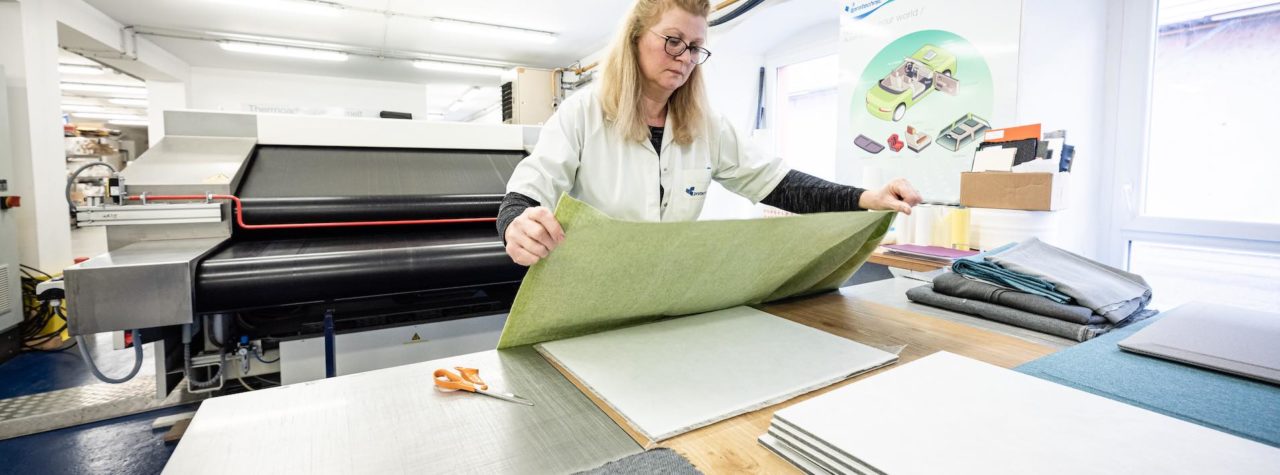Epoxy adhesives are important for joining lightweight materials. According to the good folk over at Axiom Materials, epoxy film adhesives work well to bond things like carbon fiber and plastic. Using epoxy adhesives in the right way results in powerful bonds. These strong bonds let engineers make lightweight parts and structures.
What Are Epoxy Adhesives
Epoxies are a special type of adhesive. They use chemicals that react and harden after you mix them. The chemicals are called resins and hardeners. Resins and hardeners start out as liquids or gels. After mixing them, a chemical reaction happens. This reaction causes the epoxy to harden. Epoxies make very strong plastics after hardening.
Epoxies bond with lots of different materials. Common materials bonded include metals, plastics, carbon fibers and ceramics. Epoxy works on so many things because it bonds at a molecular level. When the epoxy hardens, it serves as a solid bridge between the materials at a tiny scale. This molecular bridging creates extraordinarily strong and durable joints.
Benefits of Epoxy Adhesives
There are a few key benefits of using epoxy adhesives with lightweight materials:
- Strength: Epoxies form strong bonds even though they add little weight. This means less material can be used without sacrificing durability. Weight savings are especially important in industries like aerospace.
- Durability: Epoxy joints last a long time even in harsh environments like extreme temperatures, chemicals, or moisture. Things like carbon fiber aircraft parts often rely on epoxy.
- Versatility: Epoxies stick to, and work with, lots of lightweight materials. Things like plastics and composites can be impossible to weld. Epoxy gives engineers options for joining dissimilar materials.
Normal glues dissolve from heat, water, and chemicals. But parts joined with epoxy hold tight.
Applications Using Lightweight Materials
Epoxy film adhesives have become extremely popular with certain lightweight materials. These include carbon fiber, fiberglass, and reinforced plastics. Common uses include:
- Aircraft: Epoxy is relied on heavily to build strong, lightweight carbon fiber parts for jets. Stiffness and stability are very important for aerospace bonding.
- Cars & Motorcycles: Lightweight auto parts like body panels and carbon fiber wheels depend on epoxy assembly. Custom cars use the adhesive for preferred strength-to-weight ratios.
- Boats: Fiberglass hull assembly and repairs often use formulated epoxy products. Epoxies waterproof boat materials from long-term water exposure.
- Sports Equipment: Strong yet lightweight gear like archery bows, tennis rackets and golf clubs benefit from epoxy bonding. The adhesives preserve performance-enhancing stiffness in athletic equipment.
- Wind Turbines: Giant turbine blades are commonly made from hardened epoxy and glass or carbon fibers. Epoxy helps make durable blades over 300 feet long to catch wind power.
The future will likely see more epoxy adhesive use as new lightweight materials emerge.
Using Epoxies the Right Way
Epoxies have excellent strength when used properly. But the chemical bonding only works right with good preparation and application. Here are some tips:
- Choose the epoxy for the job at hand. Different epoxies have different strength, flex, or chemical resistance properties. Consult manufacturer guides to pick the best one.
- Thoroughly clean bonding surface areas with solvents like acetone first. Any oils or dirt will ruin the epoxy’s chemical grip.
- Accurately measure out equal resin and hardener amounts as this balance critically affects performance. Carefully stir the mixture to ensure uniform bonding.
- Apply epoxy evenly across bonding zones for consistent adhesion. Uneven spreading leads to weak points. Allow several hours for full curing before stressing joints.
Conclusion
Epoxy adhesives play an invaluable role in enabling the construction and assembly of lightweight yet durable structures across many industries. When properly selected and applied epoxy adhesives provide the robust yet low-mass joints that make innovative lightweight designs a reality.

